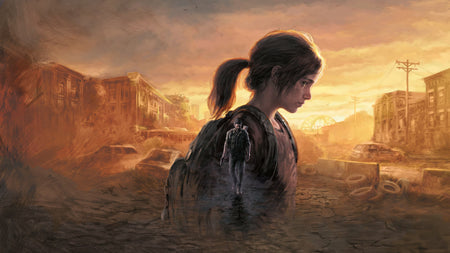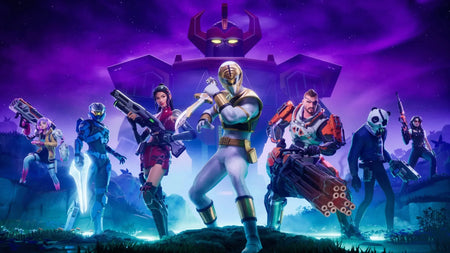Vivid, company.com

Every generation of gamers has a studio that redefines the medium. For PlayStation fans, that studio is unquestionably Naughty Dog. From the vibrant, adventurous worlds of Jak and Daxter to the blockbuster set-pieces of Uncharted and the devastating emotional journey of The Last of Us, their evolution is a masterclass in narrative craft.
But what exactly makes a Naughty Dog story so unforgettable? It isn't just one element it's a powerful fusion of character, technology, and design that creates a profound connection with the player. Let's break down the secrets of their storytelling genius.
1. Character-First Storytelling: The Heart of the Experience
At the core of every Naughty Dog game is a simple but powerful principle: character over plot. Their stories aren't driven by a grand, abstract prophecy, but by the deeply human relationships between their characters.
-
The Last of Us: Joel and Ellie aren't traditional heroes. They are flawed, broken people navigating a brutal world. We don't follow them to see the cure get made; we follow them to see if their fragile, father-daughter bond can survive.
-
Uncharted: Beneath the globe-trotting treasure hunts lies Nathan Drake's very relatable conflict a tug-of-war between his thirst for adventure and his deeper need for belonging and family.
This focus on emotional authenticity means the gameplay itself serves the character. Every firefight as Joel feels desperate and survivalist; every climb as Nathan Drake feels like a thrilling puzzle. The action is in service of who they are.
2. Cinematic Immersion Through Groundbreaking Technology
Emotion alone doesn't translate to the screen it requires flawless execution. Naughty Dog has been a pioneer in using technology to achieve unprecedented cinematic immersion.
They didn't just use motion capture for body movement; they integrated it with facial capture and voice acting to create a seamless emotional performance. The result is that every subtle expression a hesitant glance from Ellie, a weary sigh from Joel hits with the weight and realism of a top-tier film.
Their directors block scenes and frame shots like filmmakers, but the key difference is interactivity. You aren't just watching Joel comfort Ellie; you, as the player, have just fought to get them to that safe moment. This fusion of cinematic technique and player agency creates a connection that is unique to the gaming medium.
3. Environmental Storytelling: Showing, Not Telling
Look closer at any Naughty Dog game, and you'll find a world that speaks for itself. They are masters of environmental storytelling, the "show, don't tell" philosophy woven directly into their level design.
-
An abandoned house in The Last of Us tells a silent, tragic story of a family's final moments through scattered toys and boarded-up windows.
-
Ancient ruins in Uncharted aren't just climbing gyms; they are historical puzzles that reveal the fate of the civilizations that built them.
-
Notes and artifacts scattered throughout their games don't feel like collectibles; they feel like discovered pages from a hidden diary, adding layers of depth to the world.
This approach rewards curious players and makes the game world feel authentically lived-in, not just constructed for a level.
4. The Risk of Author-Led Narratives
Pushing the boundaries of storytelling inevitably involves risk. Nowhere is this more evident than in The Last of Us Part II, a game that deliberately split its audience.
The game's bold narrative choice forcing players to inhabit the perspective of someone they were conditioned to hate turned empathy into a challenging, and for some, uncomfortable, mechanic. This exposed a central tension in narrative gaming: the balance between player agency and authorial intent.
Naughty Dog didn't give players a choice in the narrative; they asked them to surrender to a specific, challenging emotional journey. This boldness redefined what interactive stories could attempt, proving they could be as challenging and morally complex as any great work of literature or film.
Conclusion: A Legacy of Connection
Naughty Dog's true legacy isn't in the graphics they've pushed or the awards they've won. It's in the profound connection they forge between the player and the pixel.
They have consistently demonstrated that a video game can be a vessel for laughter, grief, rage, and moral questioning, all without the player ever putting down the controller. They prove that the most powerful "next-gen" feature isn't a technical spec it's the ability to make us feel.
That isn't just masterful game design. That is art.
We want to hear from you: Which Naughty Dog story resonated with you the most, and why? Was it the bond between Joel and Ellie, the brotherhood in Uncharted 4, or the challenging narrative of The Last of Us Part II?
Related articles
- Author: Vivid Gold
Every generation of gamers has a studio that redefines the medium. For PlayStation...
- Author: Vivid Gold
The "Winner Winner Chicken Dinner" catchphrase is now etched into gaming legend, b...






